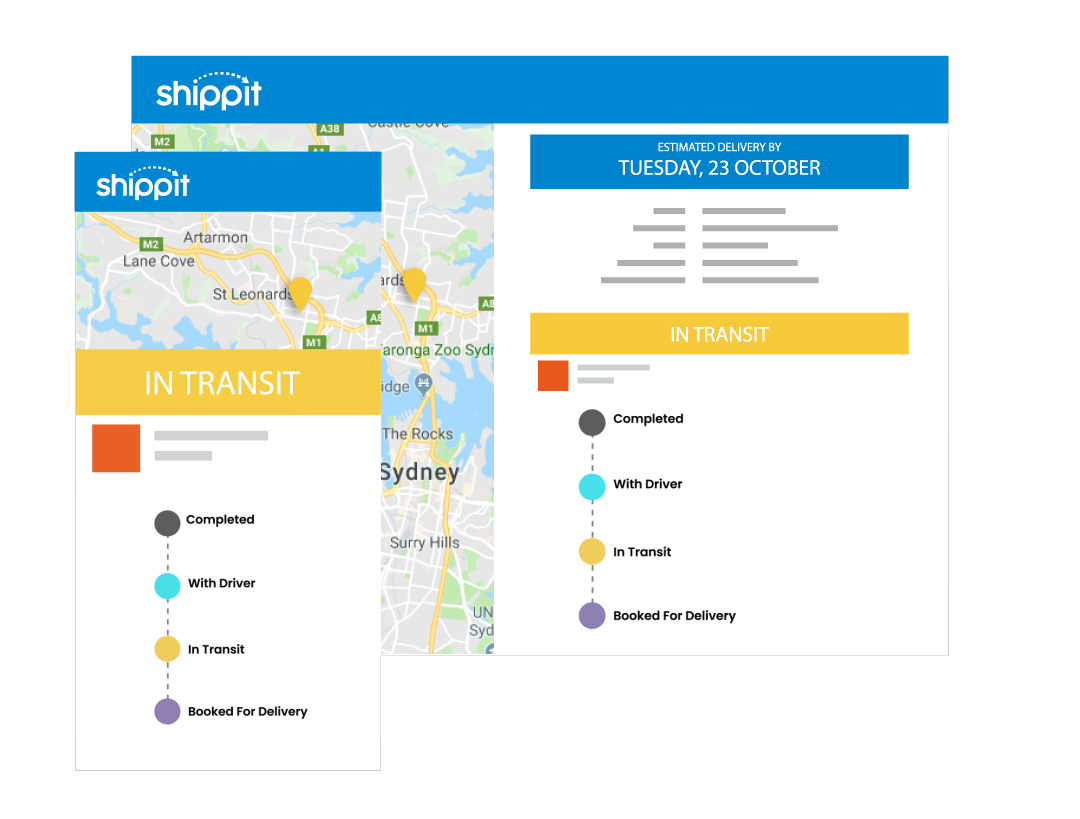Retail in the 21st Century is not just about your product, your price, or even your service, no – it’s all about your brand. Discounting can be a great way to attract new customers and stay ahead of the lower-cost competition, but it can also enter the consumer psyche as ‘poor quality’.
So will discounting to seek out the more cash-conscious shopper tarnish your brand? Or is it a savvy tactic to bump up sales?
Well, the good news is you don’t have to choose, you just have to be strategic, Stephen Wunker from consultancy firm New Market Advisors recommends a five-step approach.
Step 1: Go incognito
Launch your down-market product range under a new identity. New identity = no preconceptions, so if the new offering doesn’t take the world by storm, no-one is any the wiser that this brand is connected to yours. If all does go according to plan, keeping the distance between the two lines shouldn’t be a problem, as Wunker states; customers care less about corporate ownership than you’d think.
Take fashion brands, for example, they are the masters of disguise when it comes to brand ownership. Who knew that the Cue Clothing Co. also owns Veronika Maine and Dion Lee? Or that Country Road is a proud parent to Mimco and Witchery, as well as Trenery?
Step 2: Be loud and proud
Keep talking, well, shouting actually, about why your core products deserve their price point. The underpinning culture of buying will never change; from ancient bartering in the street markets of the Middle East, to 2016’s Black Friday queues; consumers are still looking to make sure they’re getting value for their money.
Enlisting PR for this purpose could be all you need, getting a tactically positioned article gushing about the industry award your core product just won in front of the right customers, would do just the trick.
Step 3: Move in different circles
Target your new offering to a different market and focus the discount incentives solely to the needs of that customer. This stops you inadvertently marketing to existing customer and tempting them to swap their usual purchase for its down-market cousin.
Look no further than The Just Group to see how to do this very well. With brands such as Portmans, Jacqui.E, Dotti, Just Jeans and Jay Jays under their oversized umbrella, they have a large cross-section of demographics, all contributing to their profitability without necessarily knowing it.
A lower price point will usually attract a younger audience, and as any big bank will tell you, hook in the young savers and they’ll grow up to be life-long customers. By tapping into the millennials who are just forming their buying habits, you could gain a loyal following for life.
Step 4: Mix it up
Appealing to a different market can go hand in hand with using a different sales channel to sell your down-market offering. You may create a new website just for the new product line, or limit its distribution outlets to specific locations.
For example, you may continue to sell your original line in-store or online direct to your customers, but use an online marketplace, such as Amazon, to sell your discounted range indirectly, check out this article from e-commerce gurus PracticalEcommerce for hot tips on getting the right channel for the right audience.
Step 5: Charm the early adopters.
Finally, Wunker recommends ensuring your new market segment is raving about your product. To sustain success, you need to be getting positive reviews from the right influencers, then just watch it cascade down to their peers.
So how do you do this? Well, firstly you could just ask them! Get a contact at the point of purchase and follow up; ask them what they thought and if they’d review it. Or offer them a freebie of a different product from the range.
Whichever path you chose, there’s one golden rule – once your new friends have started the conversation, keep engaging with them – tell them why it’s the hottest new product, why they should be using it and telling their friends to use it too. Then make sure you’re adding the reviews to your website, to your social media and to your marketing plan.
Remember the old adage; by the time you’re sick of your campaign your customers are only just noticing it? Same applies here, early adaptors may catch on fast but it can take months, even years for the rest of the flock to follow. This great article explains more ways to get those all-important reviews and keep ‘em coming.
Discounting shouldn’t be the only trick in your box; it should form part of your overall marketing plan, nor are all strategies right for every brand. Retail performance management gurus, Boomerang Commerce, suggest that Amazon is almost every retailers’ arch-rival when it comes to price and in order to beat them short term discounting won’t work.
So what to do if discounting isn’t for you? Boomerang Commerce suggest pricing your most popular products competitively (and by competitively we mean aggressively) and this drives perception that you’re a price leader across the board. Meaning when your less popular items actually don’t quite compete with the likes of Amazon, it goes relatively unnoticed. Sneaky.
Retail is a fickle game, our advice; do your homework, be strategic and think big picture. Like anything in life; generating sales without diluting brand value is all about a healthy balance.

Shippit.com is the shipping engine for modern retail. Learn more about our how our software can save you time, money and keep your customers happy.
